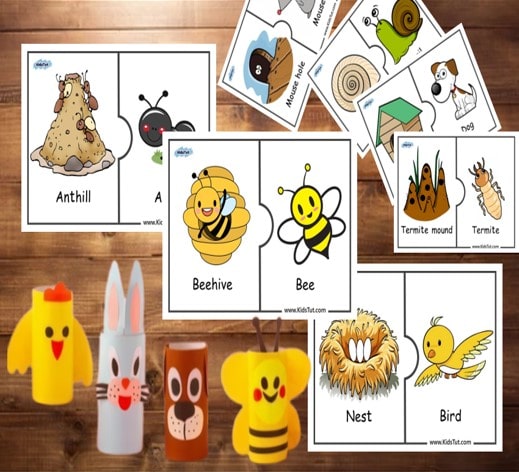Explore our collection of 20 flashcards featuring animals and their homes! These fun and educational cards are perfect for teaching kids about the fascinating world of animals and where they live. Get ready for an interactive learning adventure!
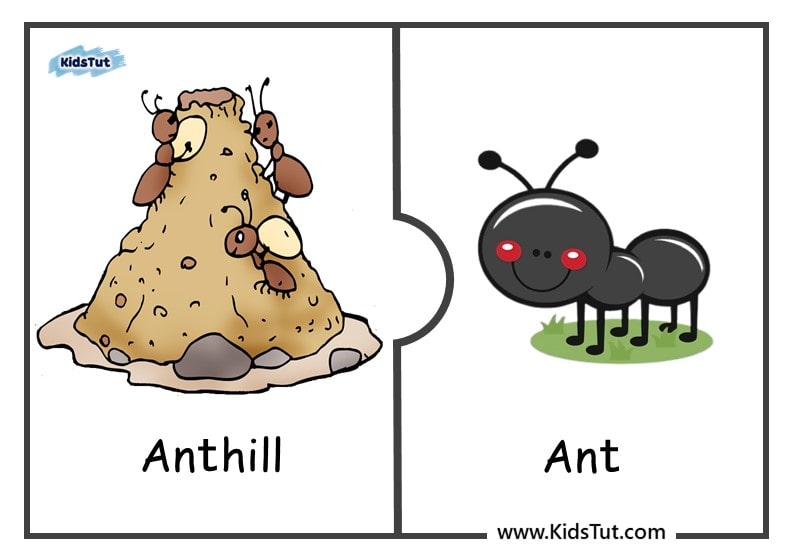
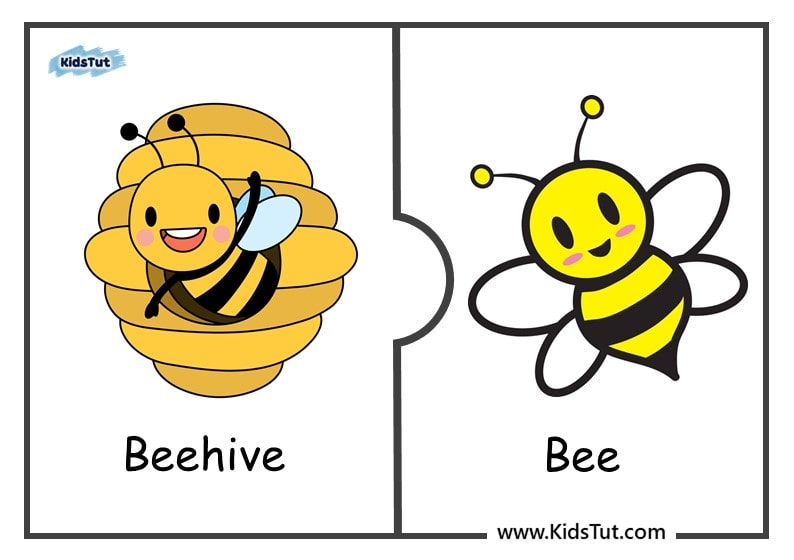
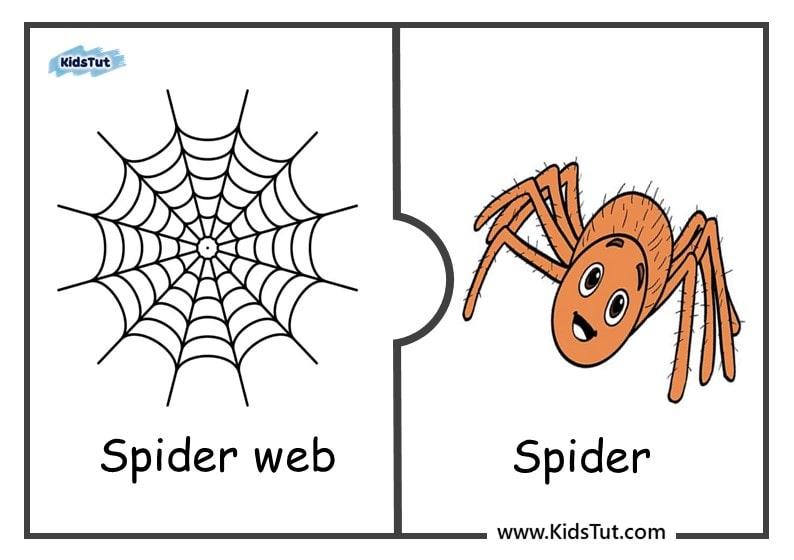
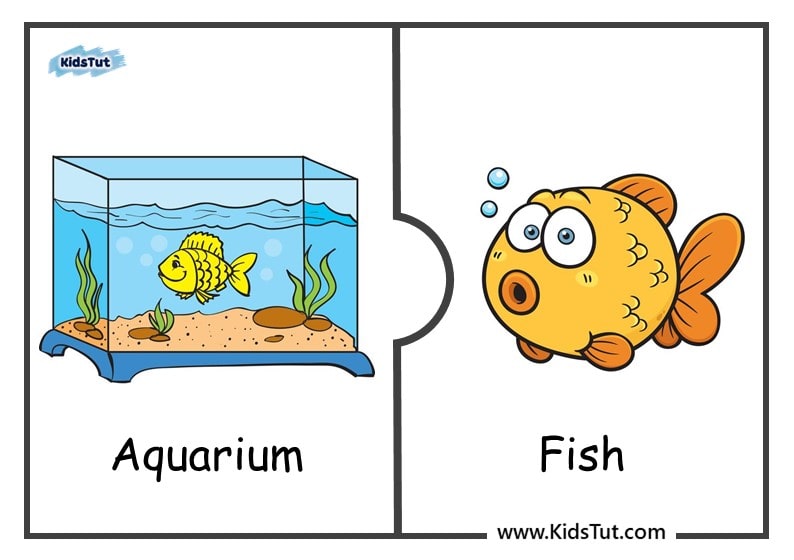
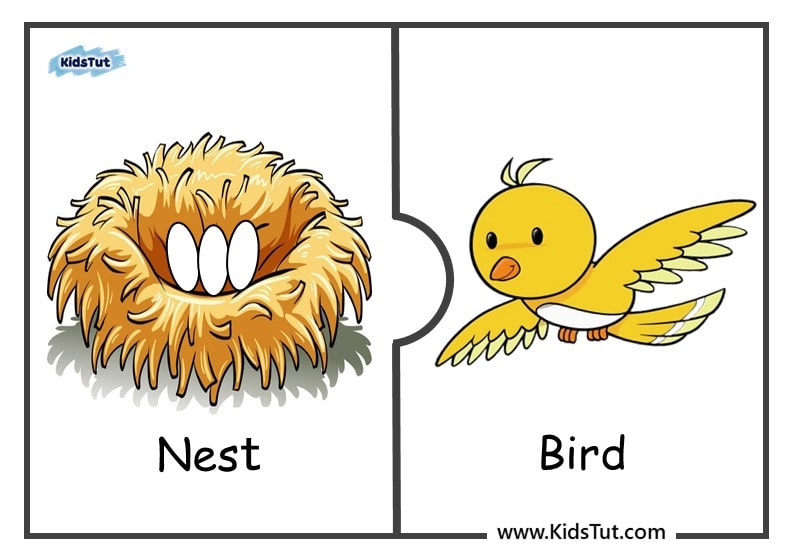
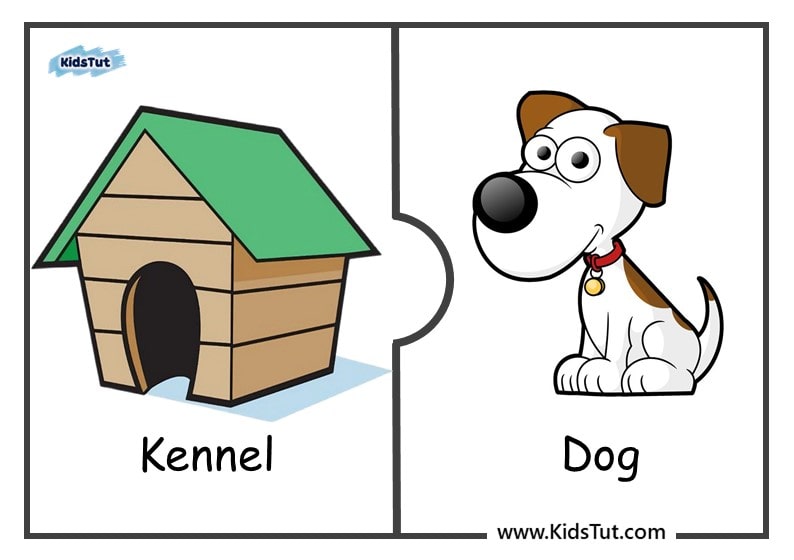
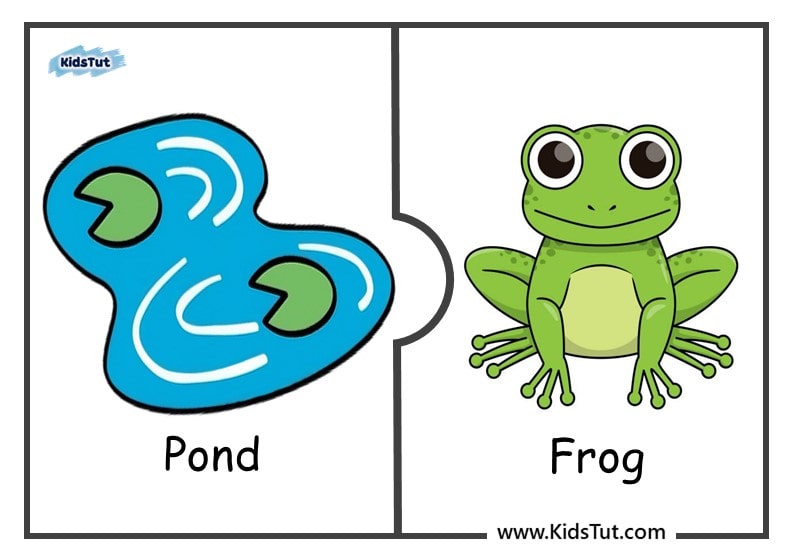
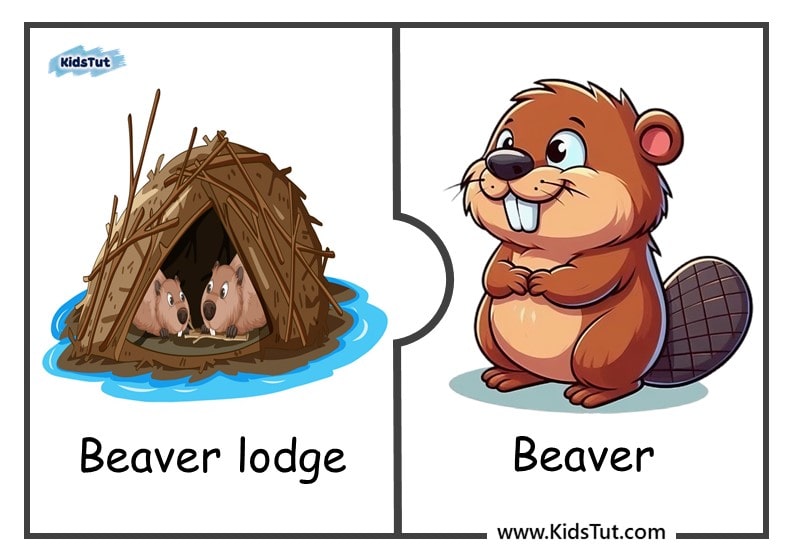
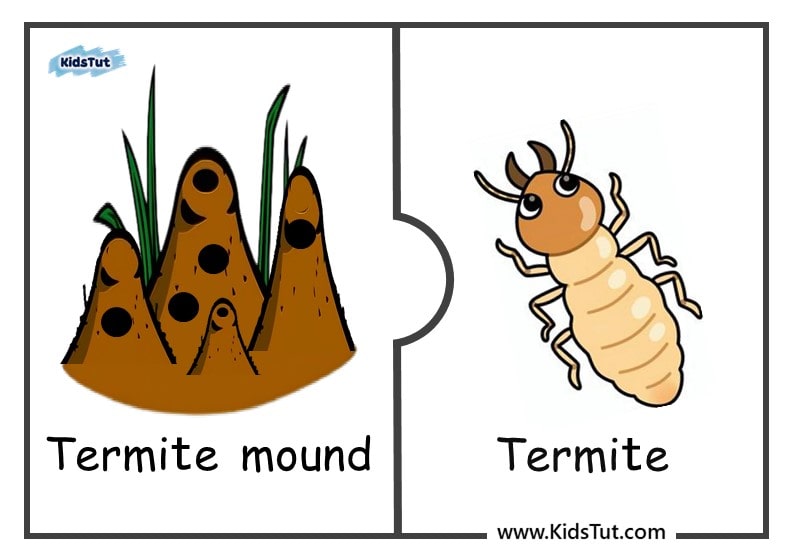
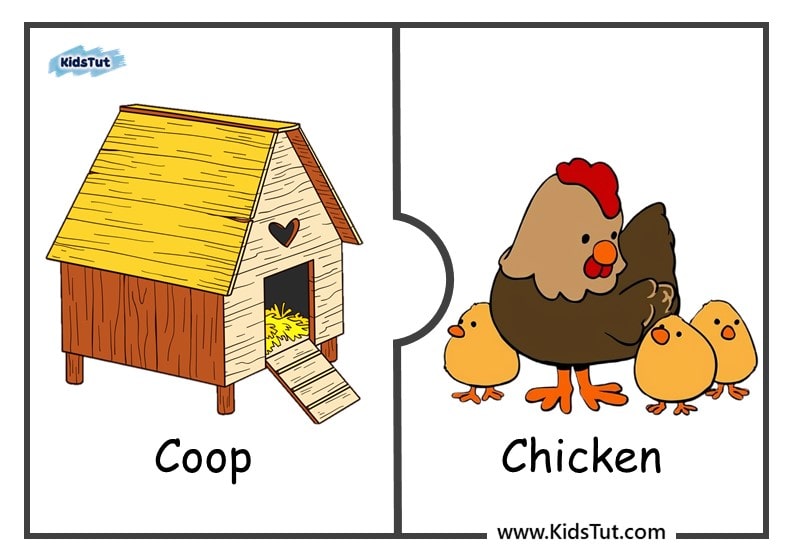
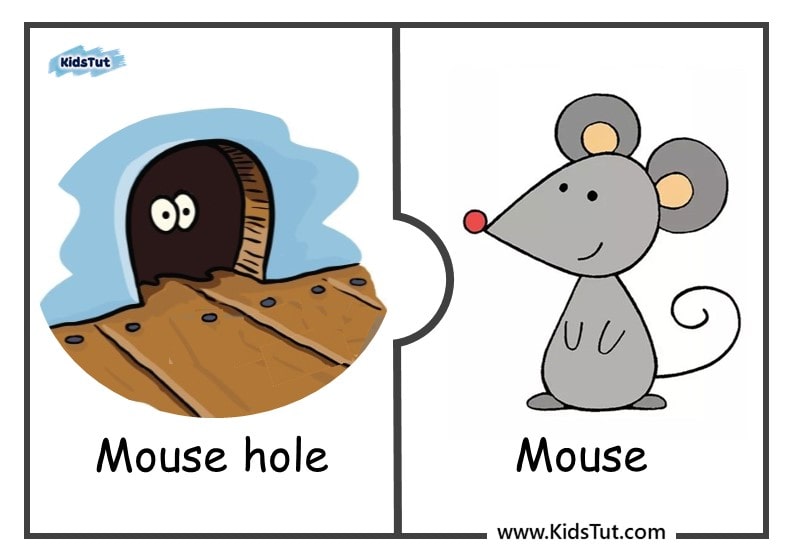
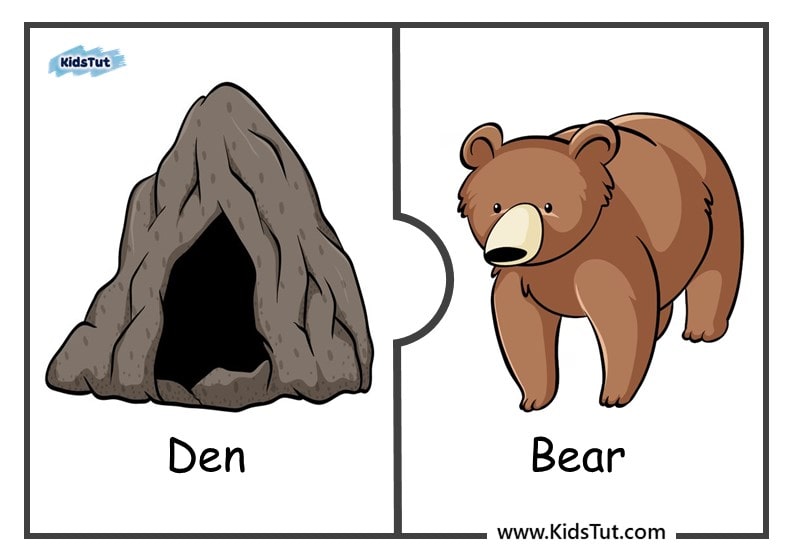
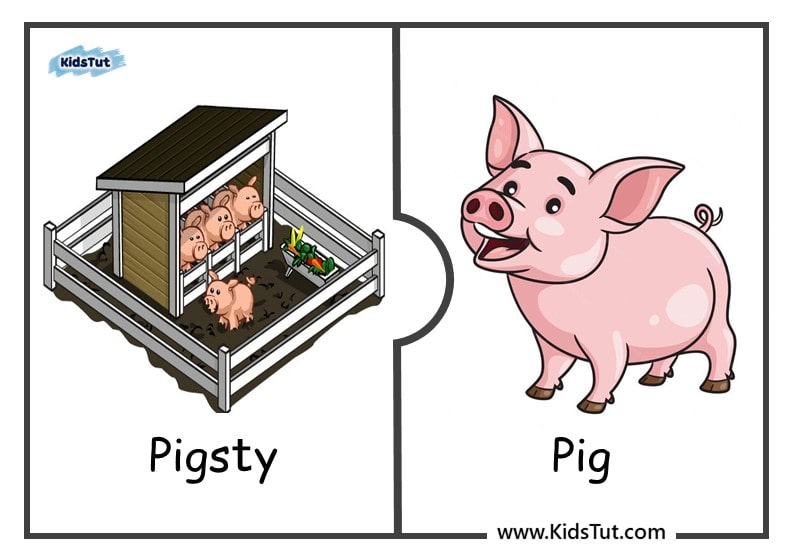
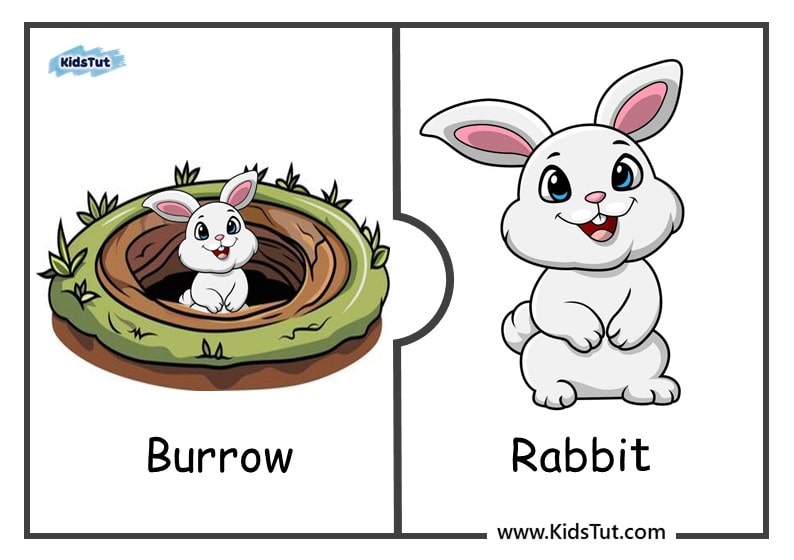
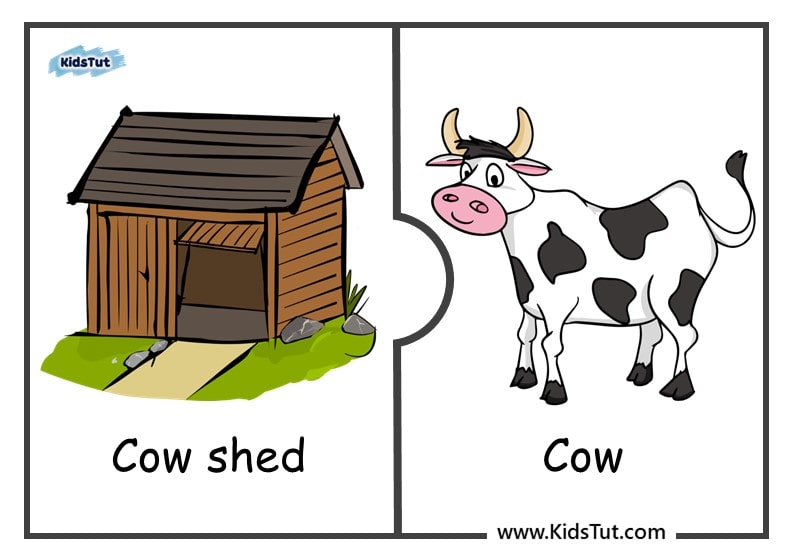
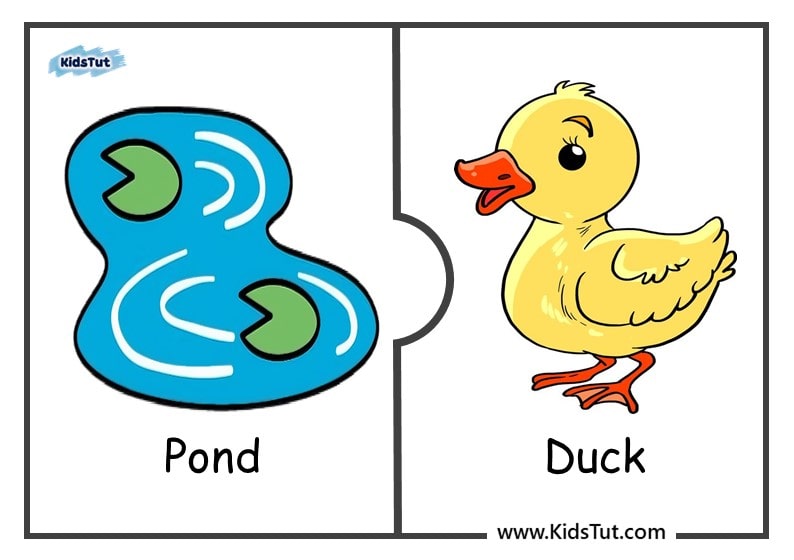
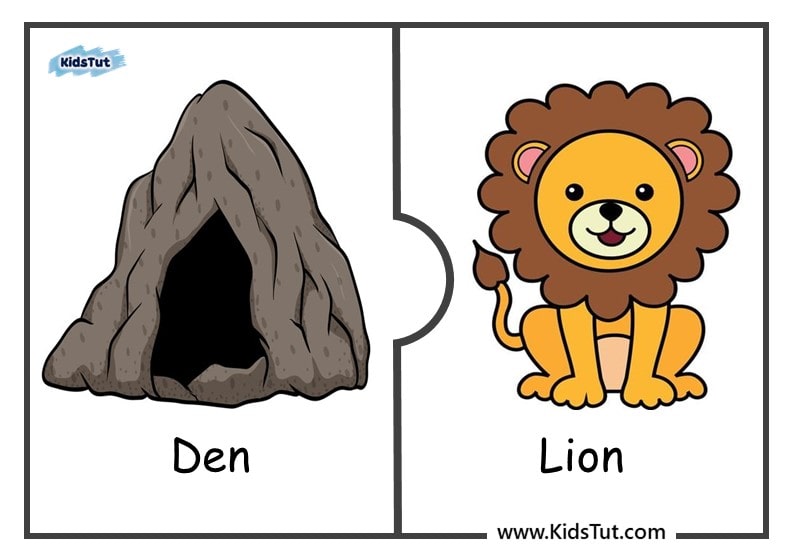
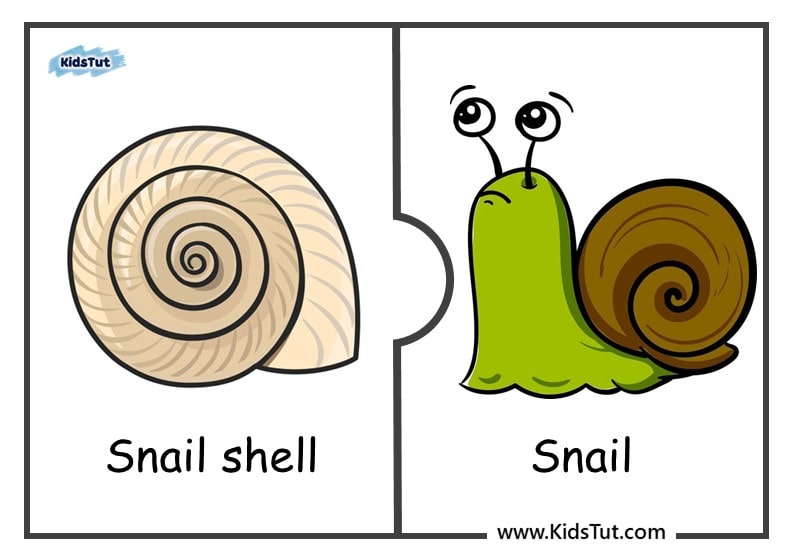
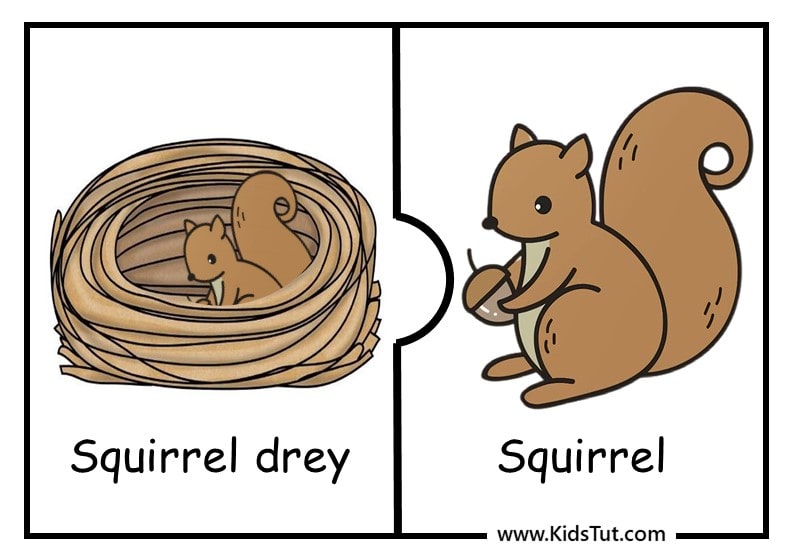
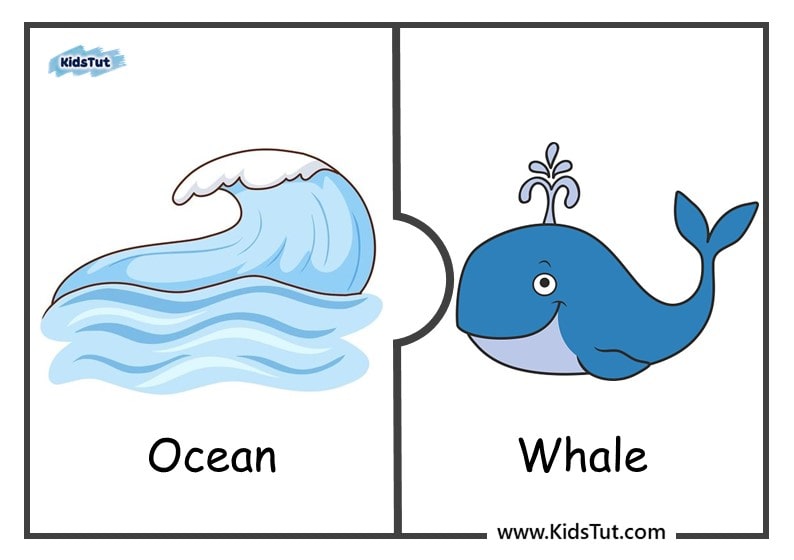

***You have the option to download the PDF file from this location.- Download
Explore More Animal Flashcards for Kids!
Free Printable Farm Animal Family Cards for Kids! – See More
- Anthill- An anthill is the habitat of ants. It is built from a mound of earth, consisting of tunnels that extend beneath the ground, used to store food and deposit eggs. Anthills can be found underground, under trees, and under rocks. An ant colony with countless number of ants lives in one anthill.
- Beehive- A beehive is the habitat of bees. Bees build beehives on trees, rocks, and in rock crevices. The beehive is made up of hexagonal wax cells used to store pollen, produce honey, and nurture the brood. Just as bees naturally create hives, humans also construct hive bodies to raise bees.
- Spider web– Spider webs are the habitat of spiders. They are made of silk thread produced by the spider itself. Spiders often construct these webs in trees and bushes, and cobwebs can also be found in houses. Spider webs are known for their strength and stickiness, which spiders use to capture prey. They come in various shapes and sizes, with typically only one spider inhabiting each web
- Aquarium– In their natural environment, fish inhabit aquatic systems like streams, rivers, ponds, and seas. However, displayed here is a man-made artificial habitat designed for fish. Typically crafted from glass to maintain transparency, these homes range from small aquariums to large installations. This aquarium houses not only fish but also a variety of aquatic life forms.
- Bird nest– Birds create their habitat in nests. Each species of bird constructs its own unique nest, which can be found on tree branches, bushes, and even on human-made structures such as poles, houses, and buildings. Birds use a variety of materials to build their nests, including leaves, twigs, cotton, sticks, soil, grass, and man-made materials. Nests serve as the place where birds lay their eggs and care for their young.
- Kennel– A pet dog’s habitat is typically a kennel, which serves as a man-made shelter for the animal. Kennels are constructed using materials such as wood, plastic, or metal. They are often situated in the garden or yard, adjacent to human houses. Resembling a small house with a roof, kennels provide dogs with a comfortable and secure space to rest and seek shelter from the elements.
- Pond– Frogs inhabit aquatic environments as amphibians, meaning they can live both in water and on land. They lay their eggs in water, and their larvae, known as tadpoles, also live in water. Ponds provide an ideal habitat for frogs as they offer ample food sources and suitable breeding grounds for their life cycle. Frogs are well adapted to their dual habitat, utilizing both aquatic and terrestrial environments for various aspects of their life.
- Beaver lodge– The habitats of beavers are known as beaver lodges. Beavers typically construct these lodges near ponds or rivers. A beaver lodge is dome-shaped and built using logs, branches, mud, and other natural materials.
- The habitat where termites live is known as a termite mound. It is a pyramidal structure built of earth, housing a colony of termites. The mound consists of chambers and tunnels, providing shelter and space for the termite community.
- Coop– A coop is a small house built for chickens on a farm or in a house. It is constructed by humans using materials such as wood and metal nets.
- Mousehole– Mouse holes are habitats created by rats through chewing or digging. These holes can be found in the walls and floors of houses or buildings, as well as in the ground outdoors.
- Den-Dens are habitats used by animals such as bears, lions, foxes, tigers, and wolves. These caves are typically formed naturally by rocks.
- Pigsties are commonly found on farms, serving as habitats for pigs. Humans build pigsties using wood or other durable materials to construct pig pens.
- Burrows are created by rabbits using their hind legs and sharp claws to dig into the ground, forming tunnels and chambers. They are commonly found in habitats
- Cow shed– A cowshed is constructed by humans as a dwelling place for cattle, commonly found on farms. It is typically made using materials like wood.
- Snail shell– Snails secrete calcium carbonate to form the shell on their backs. Depending on the species and individual characteristics, snail shells can exhibit a variety of shapes and colors.
- The ocean provides habitat for a diverse array of aquatic life. Many animals, including whales, octopuses, sharks, jellyfish, and more, inhabit its depths. These creatures thrive in environments with suitable food and conditions. Additionally, features like coral reefs provide safe havens for marine life to hide from danger.
